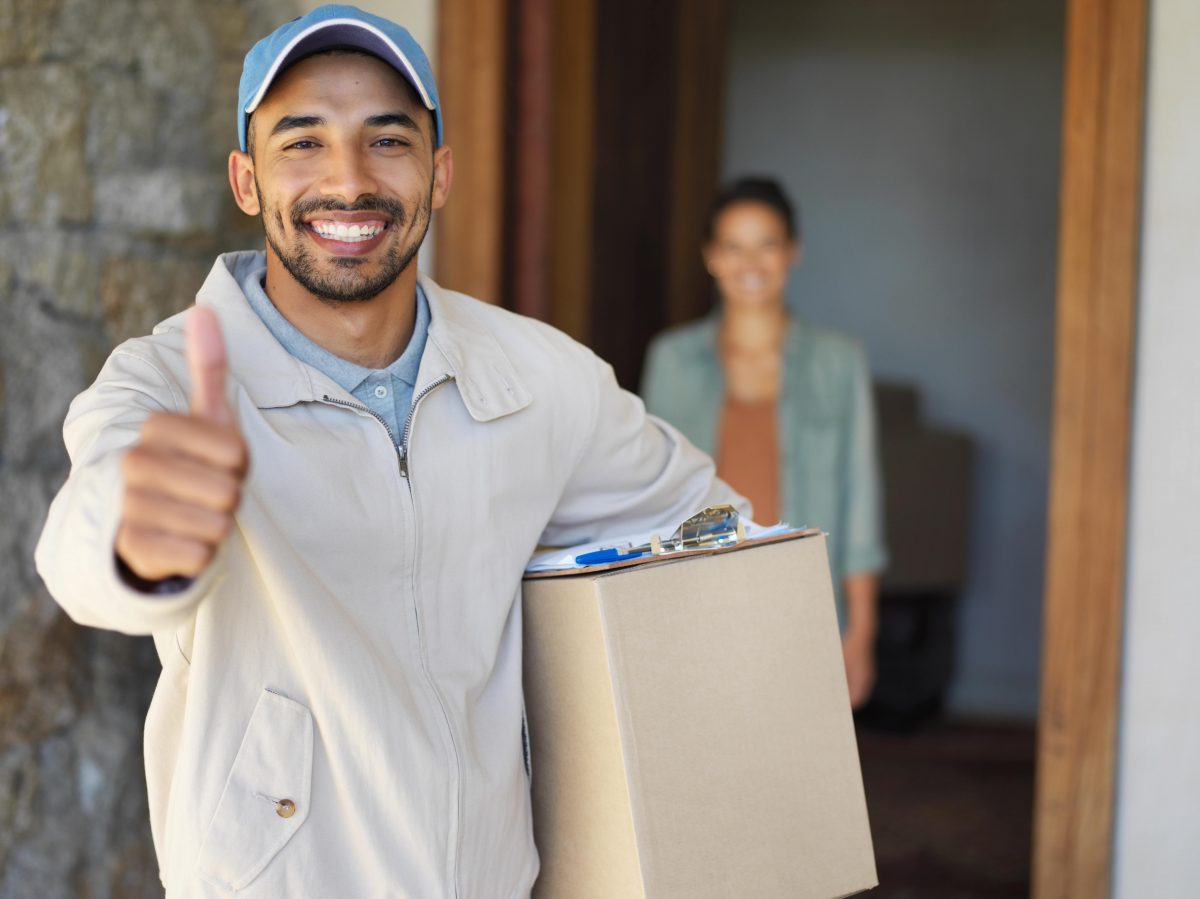Last-mile delivery has become a critical component of the supply chain in the eCommerce industry. However, it also has its share of challenges for supply chain companies. In this article, we explore potential solutions to overcome these challenges and improve the efficiency of last-mile delivery operations.
Last-mile delivery has become a crucial aspect of the supply chain in recent years as eCommerce has grown rapidly. It is the final stage of the delivery process that involves transporting products from the distribution center to the customer’s doorstep. This delivery stage is often the most challenging and expensive part of the supply chain for various reasons, such as the final destination being in a densely populated urban area or the customer being unavailable during delivery times. This article will examine the challenges of last-mile delivery and explore potential solutions to overcome them.
61% of logistics companies believe last mile is the most inefficient part of their supply chain. However, most companies feel that with the constant changes in consumer demands and due to the disruptions in the supply chain businesses from time to time, the logistics companies must streamline their last-mile operations to match the expectations.
Importance of Last-Mile Delivery
Last-mile delivery plays a significant role in the supply chain process as the entire process of manufacturing products to finally making them available to the customers depends on efficient last-mile delivery. After all, the first and middle miles remain backstage and don’t deal with the customers. Last-mile delivery is the face to the customers engaging with them.
Without the last-mile delivery process, a customer would need to pick up their products from a store or fulfillment center, which would surely impact the growth of online shopping. The comfort and convenience of ordering from home and getting it delivered at home is a major game-changer for online retail.
Challenges of Last-Mile Delivery
Multiple factors can become a challenge in streamlining and optimizing last-mile delivery. While some logistics companies struggle to find the right real estate for their logistics needs, others might not have the resources to match the same-day delivery standards set by global companies like Amazon. Here are some of the crucial challenges of last-mile delivery:
- Cost Rise. Though the shortest part of the complete logistics process, last-mile delivery is also the most expensive for businesses and customers. Unfortunately, sudden order cancellations add to the cost you can’t pass to your customers, especially with the dynamic eCommerce segment with ever-changing consumer behavior.
- Delayed Delivery. Delayed order delivery can easily become costly. Thus, you must carefully plan your delivery route through a distributed delivery network and effective real-time communication to avoid such delays.
- Inefficient Route Planning. Inefficient route planning is another challenge that affects last-mile delivery. Drivers who do not have an optimized route to follow can waste time and fuel, leading to increased delivery costs.
- Real-Time Visibility. Lack of real-time visibility is probably one of the biggest challenges to last-mile delivery. The good news is that it can easily be resolved with proper technology and visibility tools, enabling you to communicate with the drivers in real-time. After all, consumers also appreciate the ability to track their shipments.
- Outdated Technology. One real challenge is that many logistics companies still use obsolete technology. Sometimes even though the other business processes are modernized and automated, last-mile delivery often gets ignored.
Solutions to Overcome Last-Mile Delivery Challenges
Now that we have seen some of the major challenges affecting last-mile delivery for the supply chain and logistics companies, here are some probable solutions to overcome the obstacles:
- Dynamic Route Planning is essential to reroute the delivery vehicle after an unforeseen event. It is also necessary to keep track of which vehicle will complete its runs and be prepared for subsequent runs later in the day or week.
- Real-time Tracking of Shipments and drivers is useful for retailers and end users. They can determine the driver’s exact location and the anticipated order delivery time.
- Complete Consumer Transparency is essential. Consumers should be able to track their orders at any time if the delivery process is transparent, resulting in receiving fewer calls to the customer support line. After receiving the customer’s order, an efficient last-mile delivery system provides a tracking link to the customer.
- Better Delivery Experiences and more customer engagement is a ‘must’ as an efficient last-mile delivery solution keeps you in touch with your customers. For example if any order gets delayed due to bad weather or for other reasons, the customers must receive real-time updates and warnings. After all, open communication between the business and the consumer helps make the delivery experience amazing.
Conclusion:
Last-mile delivery is a crucial stage of the supply chain that presents various challenges for companies. Numerous situations affect last-mile delivery. However, with technology, flexibility in delivery, and collaborative logistics, companies can overcome these challenges and improve the efficiency and effectiveness of their last-mile delivery operations. With efficient technology and the right logistics partner, you can improve customer satisfaction, reduce delivery costs, and gain a competitive advantage in the e-commerce market.
About XPDEL:
XPDEL helps eCommerce brands accelerate their growth, empowering them with multi-channel fulfillment, whether shipping directly to consumers, delivering to businesses, or selling through retail stores. We are founded and operated by veterans with experience from Amazon, FedEx, UPS, JDA, Walmart, Target, and other leading companies in eCommerce and Retail. Guided by these experts, we provide customer experiences that help you grow your business.
